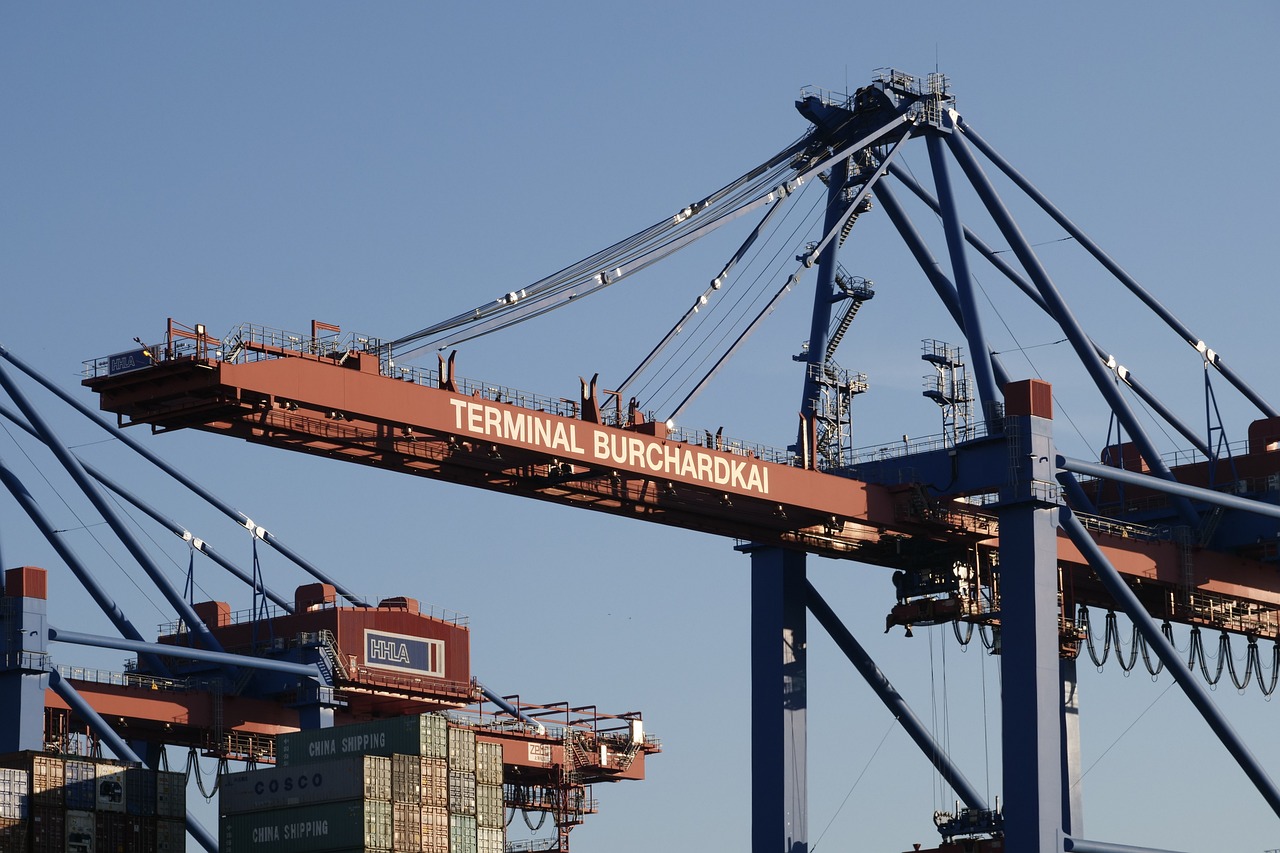
GrayCustoms clearance: How much do you know about this gray area in foreign trade?
In the field of import and export, gray customs clearance is a frequently mentioned yet poorly understood topic. Many clients, when faced with complex clearance procedures, may be tempted by some shortcuts, but these shortcuts often come with significant risks. Today, lets discuss gray customs clearance to help you better understand this gray area.
What is gray customs clearance?
Gray customs clearance, as the name suggests, refers to the practice of clearing goods through irregular channels or methods. This approach typically involves opaque operations such as falsecustoms clearancedeclarations, undervaluation, and tariff evasion. While gray customs clearance may reduce costs and speed up clearance in the short term, its potential legal and financial risks cannot be ignored.
Risks of gray customs clearance
- Legal risks: Gray customs clearance often involves illegal activities. Once detected by customs, not only may the goods be confiscated, but the company may also face hefty fines or even criminal liability.
- Financial risks: Gray customs clearance may result in the company being unable to obtain formal customs declaration documents, affecting subsequent tax processing and financial audits.
- Reputational risk: Once a company is exposed for gray customs clearance, its business reputation will be severely impacted, potentially leading to customer loss and reduced market share.
Legal alternatives
To avoid the risks associated with gray customs clearance, we recommend that companies adopt the following legal alternatives:
- Formal customs declaration: Clear goods through formal channels to ensure the legality and completeness of all procedures and documents.
- Professional agents: Engage professional customs declaration agencies to leverage their extensive experience and resources, improving clearance efficiency and compliance.
- Policy awareness: Stay updated on the latest international trade policies and regulations to ensure the company operates within a compliant framework.
Case analysis
Let’s look at a real-world example to understand the risks of gray customs clearance. A foreign trade company chose gray customs clearance to import a batch of goods to reduce costs. However, customs discovered the issue during inspection, resulting in the goods being seized. The company not only lost the goods but was also fined heavily. Ultimately, the company’s reputation and market position were severely affected.
Summary
While gray customs clearance may seem tempting, its potential risks far outweigh the short-term benefits. As foreign trade professionals, we should always adhere to compliant operations, clearing goods through formal channels to ensure the company’s long-term stable development. We hope this article helps you better understand gray customs clearance and make informed choices in your business practices.


 Follow Customer Service WeChat
Follow Customer Service WeChat